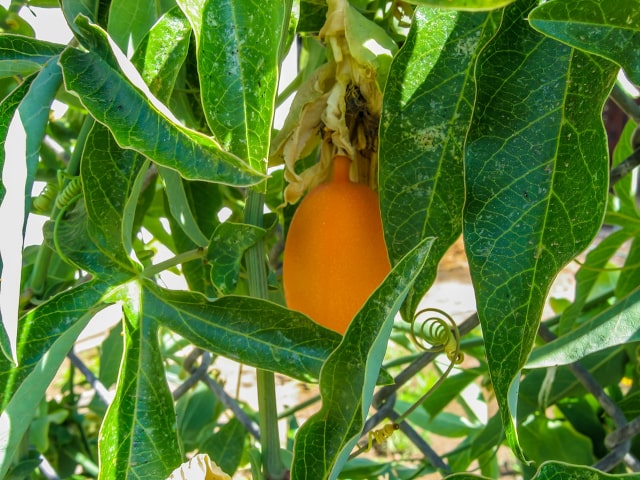
The Passion Fruit is a popular vine that many people like to grow in their gardens. This is a tropical plant that originated from Peru, and it has two common forms: purple, and purple and yellow. This plant comes in many varieties, so there are many different passion fruits grown in the gardens all around the world.
One important thing to keep in mind is to prune passion fruit regularly. This will ensure that your vine stays strong and healthy.
Reasons to Prune Passion Fruit
It is important to understand why it's so vital to prune passion fruit plants. There are many reasons for trimming your passion fruit, but the main ones are about proper fruit production. Pruning improves fruit quality and makes harvesting easier. Also, proper trimming will ensure that your passion fruit is well-balanced, with a strong framework, and that it grows vigorously while not becoming overgrown. Another importance of pruning is that it improves pest and disease control.
In short, you must prune passion fruit to ensure that it remains strong and healthy, and to improve fruit harvest from your plant. Keep in mind that the passion fruit is a climbing plant, so it has to have a proper structure to develop and to distribute its weight. This is where pruning comes handy: to prune passion fruit properly, you want to cut it to a specific structure. This is why different types of structures require different pruning approaches.
Before you start pruning, make sure to gather all the necessary tools. There are different types of shears you can use, such as hand pruning shears or lopping shears, ideal for smaller stems. Larger stems should be pruned with hedge shears, while the biggest ones might require electric shears or saws. When pruning, make sure to sterilize your shears to prevent the spread of any potential diseases.
Prune Passion Fruit Structures
There are different types of structures that can be used for passion fruit plants to climb. A specific structure will generally require a particular approach to pruning. In other words, if you wish to prune passion fruit, you need to prune based on its structure.
Here are the most common types of structures:
- Vertical espalier. This is a supporting structure consisting of rows of vertical poles. These support galvanized wire that the passion fruit uses for climbing. This is a relatively economical solution that many people choose for their gardens.
- T-Espalier. This is a structure consisting of a row of vertical poles with a horizontal bar. Similar to the vertical espalier, except that it allows for a better distribution of the foliage and improved photosynthesis. It is a bit more complex than the regular vertical espalier and also a bit more costly.
- Branches system. This supporting structure consists of galvanized wire branches for the vine to climb. This is an excellent structure to increase productivity, but it can be costly and prone to plant diseases.
Once you have identified your type of structure (or the closest one to your structure), it is time to prune passion fruit in regard to the structure present. You should prune by following the structure and encouraging your passion fruit to grow on the structure itself, equally in all the directions, and as stable as possible. Make sure to remove lateral shoots that grow outside of the structure, unless they are growing correctly following the structure.
If you prune thicker branches, make sure to make inclined cuts. This will prevent the accumulation of the water in the cut and will lower the risk of the disease. You may also add some healing paste onto the cut to speed up the healing.
Another thing to note when pruning, regardless of structure, is to eliminate the side shoots. This will encourage the main stem to improve its growth and to grow along the structure. Also, this approach greatly improves the quality of the fruit and the photosynthetic capabilities of your plant.
Keep in mind that you should also do pruning when you notice that your passion fruit starts to decrease its production. Another reason for pruning is when there is too much foliage - this will not only decrease the number of fruit present, but may also pose a risk for the supporting structure. A vine that is too heavy for its structure needs to be trimmed as soon as possible, to prevent any damages to the structure and the plant.
Don't forget to water your passion fruit right after pruning, if it is in the dry season. You should also fertilize your plant with sulphate or urea. This will stimulate the growth of the buds, so you will get more fruits.
Photo credit: David Seibold
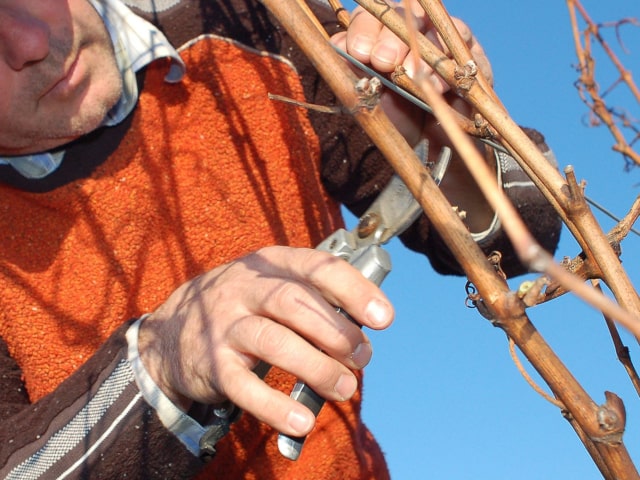
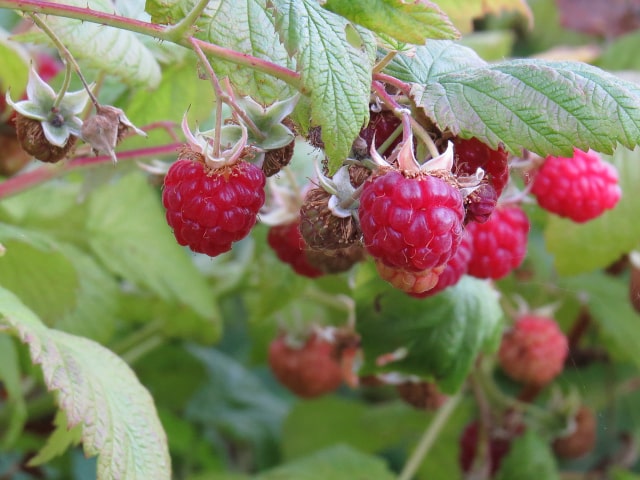
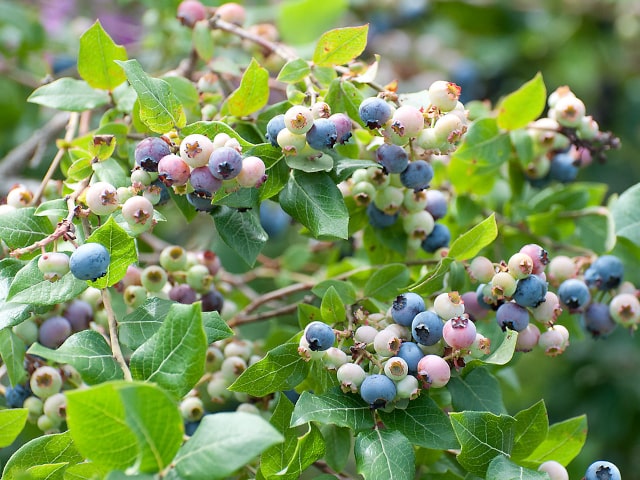
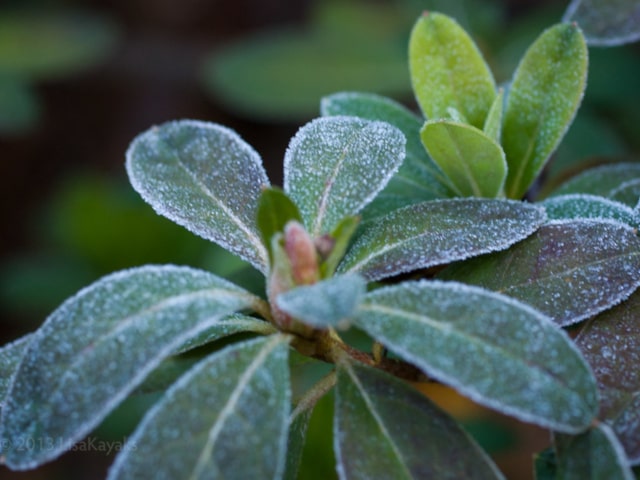
0 Comments